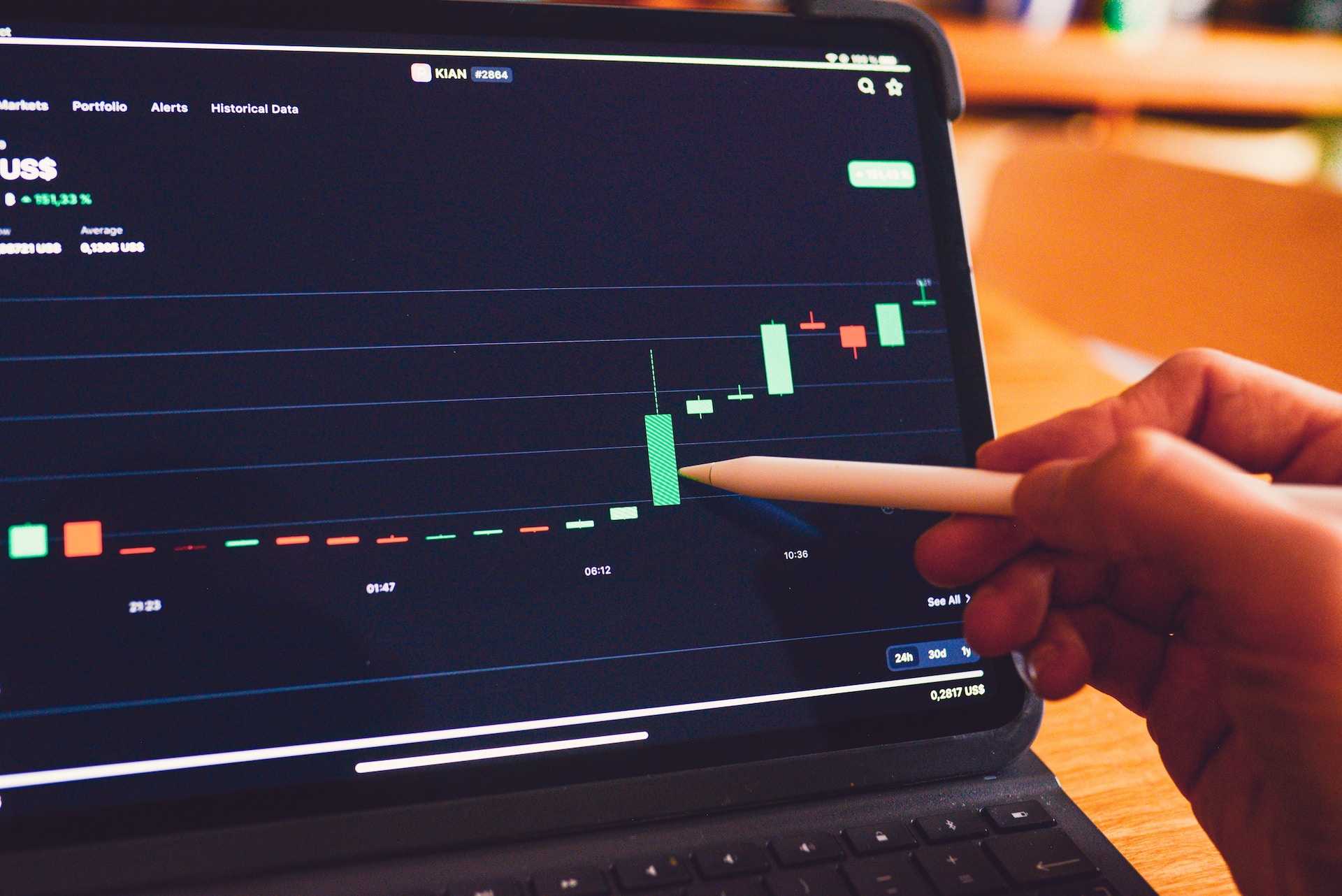BY CHRIS JONES | JUNE 28, 2023 | 5 MINUTE READ
The fashion industry operates in a rapidly changing and highly competitive environment. Not only do consumer behaviour, market trends, supply chains, technology and geopolitical situations continuously change, but there are also sustainability challenges which the fashion industry must urgently overcome. To succeed in this landscape, fashion brands and retailers must accurately forecast demand and respond swiftly to consumer trends and supply chain disruptions. Traditional demand forecasting methods often need to catch up due to their time-consuming nature and reliance on manual processes. However, connecting Retail Planning and Fashion Product Lifecycle Management (PLM) systems can revolutionise demand forecasting in a fashion business. This article will explore how Fashion PLM can enable faster and more accurate demand forecasting, empowering fashion businesses to make data-driven decisions and meet customer demands effectively.
Centralised Data Management
Fashion PLM systems offer a centralised platform for managing vast amounts of data relevant to demand forecasting. These systems can integrate data from various sources, such as supply chain options related to cost, timeline and sustainability, historical sales figures, market trends, social media insights, and consumer preferences. By consolidating this data in a central repository, Fashion PLM facilitates easier access and analysis.
Centralised data management eliminates the need for manual data gathering from disparate sources, saving valuable time and effort. Moreover, it ensures that all stakeholders can access accurate and up-to-date information, reducing the chances of miscommunication or errors in the forecasting process. With Fashion PLM, fashion companies can quickly retrieve relevant data and base their demand forecasts on a solid foundation of real-time information.

Photo by Google DeepMind on Unsplash
Enhanced Collaboration and Communication
Effective collaboration and communication are essential for accurate demand forecasting. Fashion PLM systems provide collaborative features that enable different teams, including design, development, sourcing, production, marketing, and sales, to work together seamlessly. These platforms facilitate the exchange of information, ideas, and insights, fostering a more comprehensive understanding of product options, market dynamics and consumer preferences.
Teams can leverage their collective knowledge through real-time collaboration to refine demand forecasts. Design teams can share insights on upcoming trends, sourcing teams and production partners can provide input on cost, sustainability, capacity, and lead times, and sales teams can offer customer feedback and market intelligence. The synergy of cross-functional collaboration enabled by the integration of Fashion PLM and Retail Planning ensures that demand forecasts are informed by diverse perspectives, leading to more accurate predictions.

Photo by Matteo Vistocco on Unsplash
Advanced Analytics and Reporting
Retail Planning and Fashion PLM systems enable connection to advanced analytics and reporting tools that empower fashion businesses to conduct in-depth trend analysis and gain valuable consumer insights. By leveraging this central repository of historical and current data, and applying sophisticated algorithms, these tools can identify patterns, trends, and correlations that might not be apparent through manual analysis.
Fashion companies can anticipate shifts in consumer preferences through trend analysis, align to supply chain performance or disruptions, and adjust their product offerings accordingly. They can also identify underperforming products or categories and proactively optimise inventory levels. Furthermore, consumer insights derived from centralised data analytics enable businesses to understand customer behaviour, demographics, and purchasing patterns, which can inform demand forecasting strategies.

Photo by Ross Sneddon on Unsplash
Real-time Monitoring and Data Integration
Centralising Retail Planning and Fashion PLM also enables integration with various sales channels, e-commerce platforms, and supply chain management tools, allowing real-time intake and sales performance monitoring. By gathering real-time sales data centrally, fashion companies can track product performance, identify emerging trends, and make informed inventory management and production planning decisions.
Integrating data from different sources provides a holistic view of the market and consumer behaviour. Companies can analyse the impact of marketing campaigns, promotions, or external events on sales, enabling them to adjust their demand forecasts and supply chain options accordingly. Real-time monitoring and data integration empowers fashion businesses to be agile and responsive to changing market dynamics, ensuring they effectively meet customer demands.
Iterative Forecasting and Continuous Improvement
Retail Planning systems support iterative forecasting processes, allowing fashion companies to continuously monitor, review, and refine their demand forecasts. Businesses can identify discrepancies and understand the factors influencing demand fluctuations by comparing forecasted demand with actual sales data.
The continuous improvement cycle enabled by an integrated Retail Planning and Fashion PLM solution allows fashion companies to fine-tune their forecasting models over time. Through data-driven insights and analysis, businesses can identify the sources of forecasting errors, such as seasonal variations, market trends, or specific product categories, and adjust their forecasting algorithms accordingly.
Additionally, using the wealth of data collated by Retail Planning and Fashion PLM systems provides the ability to generate demand scenarios and conduct what-if analysis. By simulating different scenarios, fashion companies can assess the potential impact of pricing changes, product introductions, new supply chain processes and technologies, or market fluctuations on demand. This proactive approach enables businesses to make more accurate and informed decisions regarding production volumes, inventory levels, and supply chain management.

Photo by regularguy.eth on Unsplash
Conclusion
Accurate demand forecasting is critical to success in today's fast-paced fashion industry. Fashion PLM systems offer various tools and functionalities that enable faster and more accurate demand forecasting. By centralising data management, facilitating collaboration and communication, leveraging advanced analytics, integrating real-time sales monitoring, and supporting iterative forecasting, the integration of Retail Planning and Fashion PLM systems empowers fashion businesses to make data-driven decisions, respond to market trends, and meet customer demands effectively.
The benefits of adopting a solution integrating Retail Planning and Fashion PLM for demand forecasting are substantial. Fashion companies can minimise the risks of overstocking or understocking, optimise inventory management, reduce costs, and improve overall operational efficiency. Moreover, by accurately predicting demand, businesses can enhance customer satisfaction, increase sales, and gain a competitive edge in the market.
As the fashion industry evolves, embracing technology-driven solutions integrating Retail Planning, Fashion PLM, and a growing list of systems supporting processes across the fashion supply chain becomes increasingly crucial. By leveraging data, collaboration, and analytics, fashion businesses can confidently navigate the ever-changing landscape, ensuring they deliver the right products to customers at the right time.
As fashion brands and retailers strive to meet the demands of today's discerning consumers, integrating these solutions into their operations can provide a competitive advantage to stay ahead of trends, optimise resources, and drive business growth.
CHRIS JONES, FOUNDER & DIRECTOR, JBSO GROUP

After originally training and working as an engineer, Chris joined a fashion services and technology company 30 years ago to implement ISO9001. Since then, he has helped over a hundred fashion brands, retailers, sourcing agents, and manufacturers to optimize their processes, supported by innovative technologies and concepts, working in offices, showrooms, and factories world-wide.
The article is also published on LinkedIn: How Fashion PLM Can Enable Faster and More Accurate Demand Forecasting (LinkedIn)

